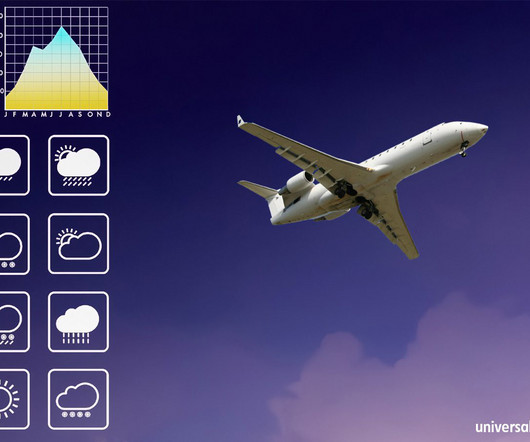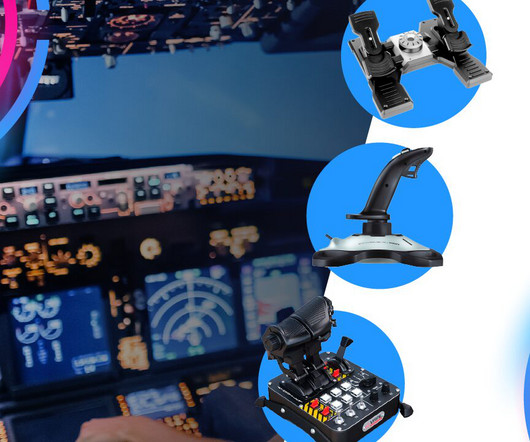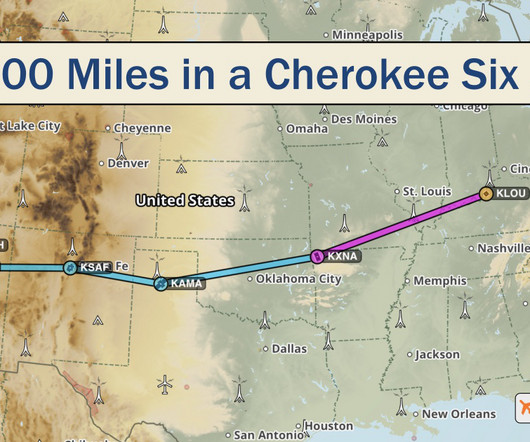Business Aviation Weather: Intro to SIGWX Charts
Universal Weather
AUGUST 1, 2025
Particularly for longer flights, or when weather issues may be a factor, SIGWX charts can be a vital flight planning tool. 12-24 hour PROGS are produced by the NWS for aviation use and include low-level hazards such as marginal visual flight rules (MVFR)/instrument flight rules (IFR), turbulence, and freezing levels.

















Let's personalize your content